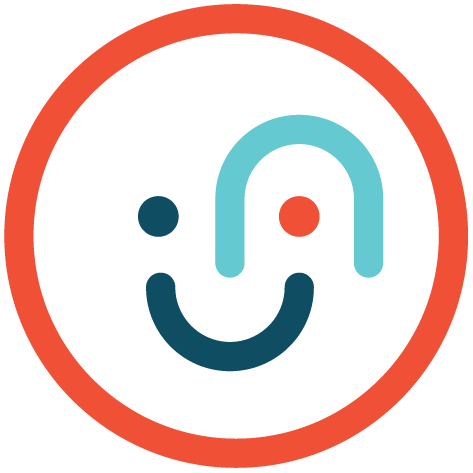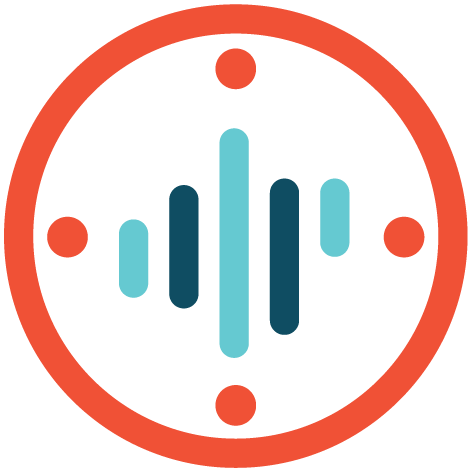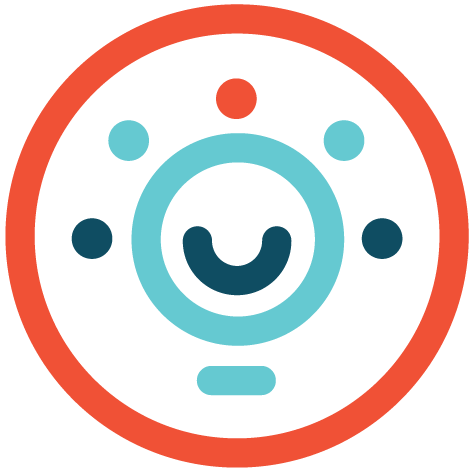Our research is divided into four clusters that serve as gravitational points for the Centre's theoretical and methodological approaches.
Interaction and pleasure
We seek to understand why rhythms make us move, and how rhythm facilitates entrainment and interaction.
Structure and aesthetics
We investigate the structure and aesthetics of musical rhythm and their link to perceptual, cognitive and motor mechanisms.
Interaction and robotics
We investigate aspects of rhythm and motion through robotics and technology.
Structure and cognition
We aim to expand our understanding of how rhythm and our sense of time are constructed in the human mind.
Research labs
- The fourMs Lab is a world-class research infrastructure for studies of human body movement and physiology in an immersive multimedia environment.
- FRONT neurolab has expertise in cognitive and clinical neuropsychology/neuroscience and cognitive/biological engineering.
- The ROBIN labs explore the development of intelligent systems through prototyping of interactive and robotic systems.
Networks
- The Nordic Sound and Music Computing Network (NordicSMC) is a network project aimed at developing sound and music computing research excellence in the Nordic countries.
- RITPART is a network project with the aim of connecting RITMO to world-leading research groups in USA, Canada and Japan.
Interdisciplinary research
RITMO researchers employ a unique mix of perspectives, competences and infrastructures:
- Qualitative methods from the arts and humanities such as interviews, qualitative analyses, and aesthetic and cultural interpretation
- Quantitative methods from psychology and neuroscience such as behavioural experiments, motion capture and neuroimaging techniques
- Informatics, including machine learning, computer modelling, and rapid prototyping
Such a radically interdisciplinary approach to rhythm has never before been undertaken and allows for promising paths of interpretative exploration and investigation through carefully designed experimental work.



